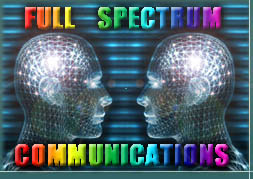


Eye Accessing Cues
Eye accessing cues are not new, they've been known since the 50s, possibly before. They've probably been known about by our unconscious minds for as long as we've had eyes! Explained quickly, our eyes look to different areas when we process different types of internal data. Since our internal representations are all made up of images, words and sounds, feelings, sensations, tastes and smells, our eyes tend to move to different locations when we are thinking in one of these modalities. Have you ever asked a question of someone, and they said "Hmmm, let's see", and they looked up and to their left? Most everyone can remember some time that they have had that experience- it's very common for people to make internal visual representations in order to generate an answer to a question, especially if it requires a picture to answer. Some communications can presuppose a specific type of internal representation. If you ask someone a question like "How many windows can you see on the front of your house", they will almost have to make a picture of the house in their mind's eye, and then they'll count them. If you watch where their eyes go when they do this, you have successfully "calibrated" to that person's eye accessing cue for a visual-constructed internal image. Calibration is essential in the use of eye-accessing cues. There is a rule-of-thumb that states that
about 80% of us will look up and right to construct an internal image, up and left to remember an image or
scene, down and to the left when we talk to ourselves in our heads, down and to the right when we are engrossed
in a feeling. We also tend to look laterally to our left when we remember a sound, like a song from our
earlier years, and laterally to our right when we imagine what something might sound like. BUT!!! This is only
a way of introducing eye-access patterns. EVERYONE HAS THEIR OWN PARTICULAR set of accessing cues!!! If you
rely on a rule-of-thumb, you'll be significantly wrong a significant number of times, usually when it matters
most!. Calibrate to someone first by asking them questions that presuppose a certain type of internal
representation. Then, when they're talking about something that matters, you'll know how they're representing
that material to themselves internally, and it will give you a more respectful way of communicating with them,
by meeting them at their model of the world. Eye accessing cues are also very important in
Strategy Elicitation. Read more about Eye Accessing Cues in the book "Frogs into Princes".
© Copyright 2005 Full Spectrum Communications.
|